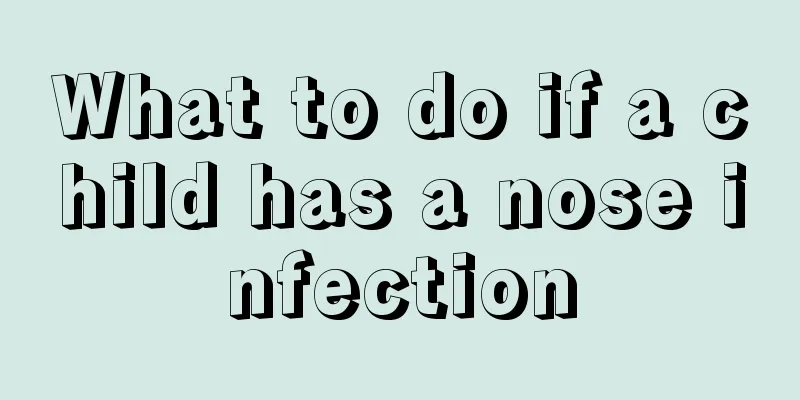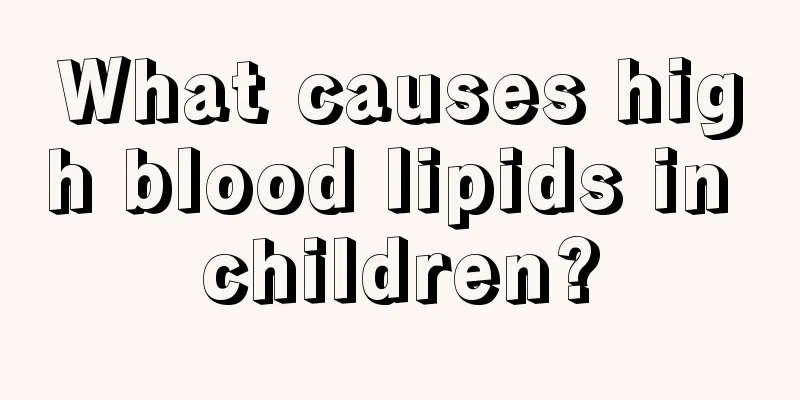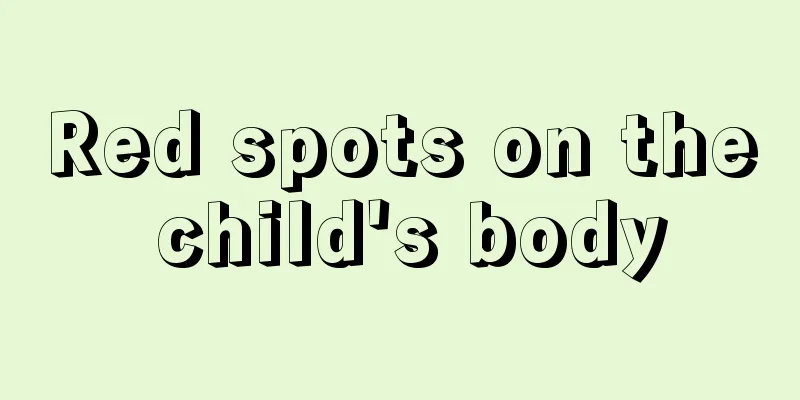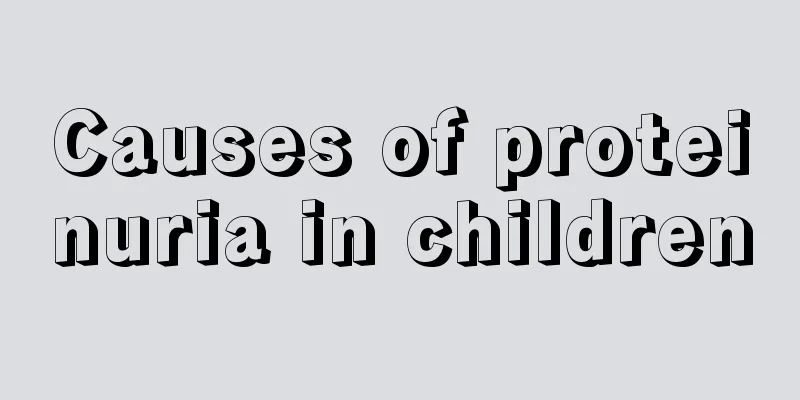What to do if a child has a nose infection

|
Rhinitis is an inflammation of the nose in children. In addition to nasal congestion, there are also symptoms such as fever, cough, irritability, and purulent nasal discharge. The harm of rhinitis is not limited to the disease itself. Long-term nasal obstruction and mouth breathing can even affect the development of children's face and chest. Therefore, rhinitis must be addressed promptly after it occurs. So, what should we do if children have nasal inflammation? Traditional Chinese medicine treatment: Jiang's rhinitis ointment is commonly used in traditional Chinese medicine treatment. The traditional Chinese medicine formula includes 30 grams of Xanthium sibiricum, 20 grams of Magnolia officinalis, 35 grams of Scutellaria baicalensis, 4 grams of Asarum, 25 grams of Angelica dahurica, 10 grams of Gentiana scabra and other Chinese herbal medicines. It is done through manual process, with careful selection of medicines, drying, grinding, and external application twice a day. It is not only effective for children's rhinitis, but also has good effects on other rhinitis. Currently, there are two methods used for children with allergic rhinitis: one is to avoid allergens, and the other is sublingual immune desensitization therapy. Specific immunotherapy (desensitization sublingual therapy) Rhinitis caused by allergy to dust mites. The patient's immunological indicators also changed before and after sublingual dust mite immunotherapy. Because the sublingual mucosal tissue is thin, these Langerhans cells located on the mucosal surface will capture the signal of the presence of allergens when they come into contact with antigens. The allergen vaccine can be quickly absorbed, thereby initiating a desensitization reaction. Including increased serum IgG4 levels and improved Th2/Th1 cell ratio. Since the drug is administered sublingually, serious adverse reactions such as anaphylactic shock usually do not occur. A very small number of patients may occasionally experience mild rash or mild diarrhea, which can be recovered by stopping treatment or reducing the dosage. The mechanism of sublingual desensitization therapy is that there are a large number of Langerhans cells in the sublingual mucosa, which absorb trace amounts of dust mite allergens and process them into mite polypeptide information, which are then presented to Th0 cells, causing the Th0 cells to transform into Th1 cells, thereby preventing the occurrence of allergic reactions. High safety: Globally, no serious side effects have occurred in 30 years of use, which maximizes the long-term safety of desensitization therapy; it avoids serious systemic adverse reactions (including anaphylactic shock and even death) that may be caused by injectable desensitization therapy, thereby reducing the psychological burden on medical staff and patients. Sublingual desensitization therapy is a method of dripping allergen extracts under the tongue to create tolerance in the respiratory mucosa, thereby alleviating or controlling allergic symptoms and achieving the purpose of desensitization therapy. Its clinical characteristics are: The world's fastest-growing desensitization therapy (i.e. specific immunotherapy or immunotherapy) method is in line with the rational symptomatic and causal treatment plan recommended by the World Health Organization. Treating both the symptoms and the root cause: Fundamental treatment of allergic diseases, with significant effects and thorough desensitization; overcoming the limitations of traditional hormone chemical drugs that only treat symptoms when the disease occurs and only treat the symptoms but not the root cause, and as the duration of use increases, there are varying degrees of adverse reactions that may lead to a certain degree of drug resistance. |
<<: Why does my child's back itch all the time?
>>: Why does my child's buttocks itch?
Recommend
How to treat vitiligo in children?
What parents fear most is their children getting ...
What should I do if my child has recurrent tracheitis?
It is terrible if a child has bronchitis. He or s...
What is the reason for the child's neck pain?
The mother's every move is always on her mind...
The baby wakes up more frequently at night
Babies always wake up at night out of habit. Many...
What happens if my child has white spots on his face?
If a child has white spots on his face, it will h...
When does the baby's foot arch form?
The birth of every baby is a gift from God to us....
Will the child grow taller after development?
In fact, many people want to have a tall stature,...
Will children have a fever if they have mycoplasma infection?
Mycoplasma infection in children is very harmful ...
Why does my child's fingertips hurt?
Some children may experience pain in the fingerti...
Yellow tongue coating in children
In traditional Chinese medicine, it is believed t...
Should I cover my child with a blanket when he has a high fever?
Fever is a disease in which the human body temper...
What to do if the baby wakes up easily during sleep
What parents worry about most is probably that th...
What is the reference range for children’s blood test?
I believe that most people have done a routine bl...
Eight-month-old baby can't sit
As the old saying goes: three turns and six sits....
What should I do if my baby has prickly heat in his hair?
The weather in summer is relatively hot, especial...









